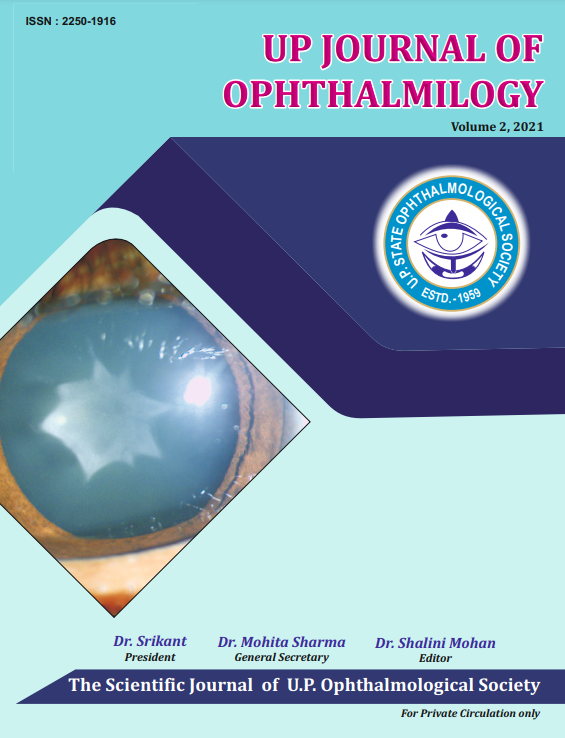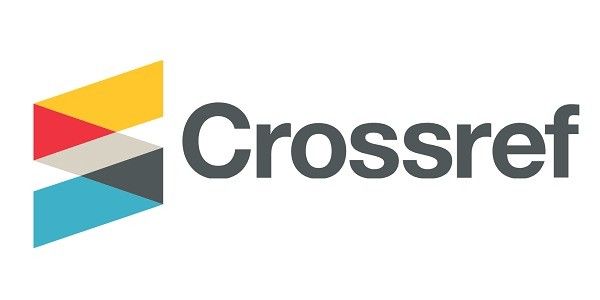Emerging role of Rho-Kinase Inhibitors Review
Downloads
Published
Keywords:
.Dimensions Badge
Issue
Section
License

This work is licensed under a Creative Commons Attribution-ShareAlike 4.0 International License.
© Author, Open Access. This article is licensed under a CC Attribution 4.0 License, which permits use, sharing, adaptation, distribution and reproduction in any medium or format, as long as you give appropriate credit to the original author(s) and the source, provide a link to the Creative Commons licence, and indicate if changes were made. The images or other third party material in this article are included in the article’s Creative Commons licence, unless indicated otherwise in a credit line to the material. If material is not included in the article’s Creative Commons licence and your intended use is not permitted by statutory regulation or exceeds the permitted use, you will need to obtain permission directly from the copyright holder. To view a copy of this licence, visit https://creativecommons.org/licenses/byncsa/4.0/.
This review article targets to provide information regarding the role of ROCK and its inhibitors in glaucoma, corneal diseases, and retinal pathologies. Rho-associated protein kinase (ROCK) is a well- characterized effector of Rho GTPase, a small GTP-binding protein. The Rho/ROCK signaling pathways contribute to a wide range of fundamental cellular events, such as cell adhesion, motility, proliferation, differentiation, and apoptosis. We found strong evidence demonstrating that inhibition of Rho kinase considerably decreases IOP, increases healing of the corneal endothelium, and decreases progression of diabetic retinopathy. The main side effect of ROCK inhibitors is conjunctival hyperemia that is often present in more than half of the patients in certain formulations. Other properties such as neuro protection (enhancing optic nerve blood flow and promoting axonal regeneration), anti-fibrotic activity and endothelial cell proliferation may enhance the visual prognosis and surgical results in glaucoma.Abstract
How to Cite
Downloads
Most read articles by the same author(s)
- Nirupma Gupta, Lokesh Kr. Singh, Sandeep Mittal, Alka Gupta, To Study the Outcome of Different Modalities for the Treatment of Astigmatism During Phacoemulcification , UP Journal of Ophthalmology: Vol. 9 No. 02 (2021): UP JOURNAL OF OPHTHALMOLOGY
- Deepansh Garg, Lokesh Kumar Singh, Alka Gupta, Jaishree Dwivedi, Priyanka Gusain, Priyank Garg, Correlation of Peripapillary Vessel Density by OCTA with Visual Field Defects in Primary Open-Angle Glaucoma: A Cross-Sectional Study , UP Journal of Ophthalmology: Vol. 13 No. 02 (2025): UP Journal of Ophthalmology







